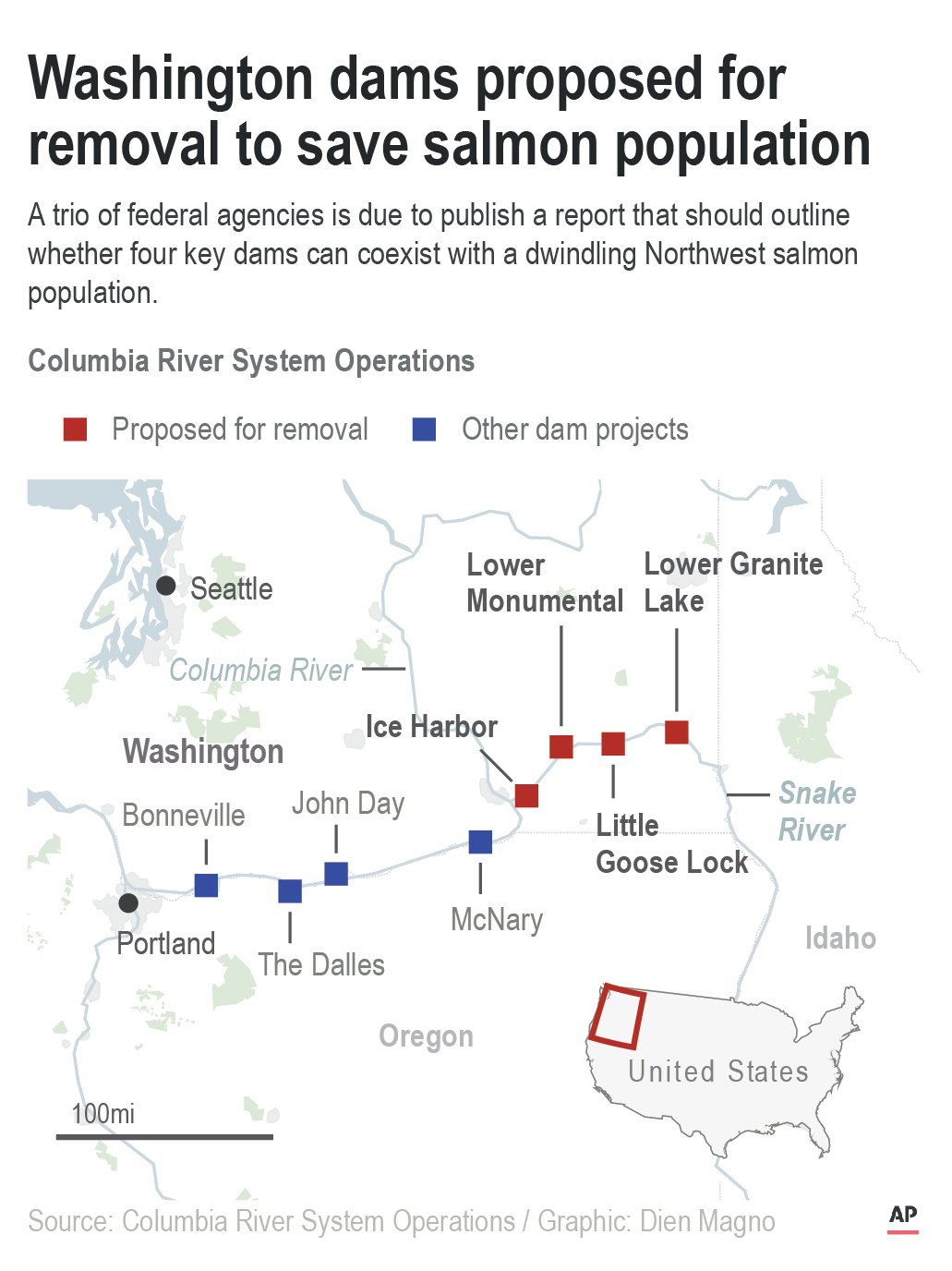Venezuela revamps PDVSA leadership after Maduro launches restructuring
FILE PHOTO: State oil company PDVSA's logo is seen at a gas station in Caracas, Venezuela, May 17, 2019. REUTERS/Ivan Alvarado/File Photo
CARACAS (Reuters) - Venezuela has named new vice presidents for four units of state oil company PDVSA, as well as a new president for the unit that handles joint ventures with private oil companies, PDVSA said on Saturday.
The company asked several vice presidents to resign amid a shakeup announced earlier this month, when socialist President Nicolas Maduro named a commission led by Economy Vice President Tareck El Aissami to restructure the industry.
PDVSA’S crude output has been hovering near its lowest levels in decades, and intensifying U.S. sanctions on the company, which are intended to force Maduro out of office, threaten to cut Venezuela off from its main oil export markets.
Venezuela named Oswaldo Perez, who currently serves in the Finance Ministry, as PDVSA’s vice president of finance, according to PDVSA and a copy of the government’s official gazette dated Feb. 28, which has not yet been published online. Erwin Hernandez was named vice president for exploration and Gabriel Oliveros was named vice president for refining.
Hernandez previously served as a manager at the Jose terminal here, Venezuela's main oil port, as well as a manager at Petrocedeno here a crude joint venture between PDVSA, France's Total and Norway's Equinor. Oliveros previously served as PDVSA's executive director for new refinery projects here
Antonio Perez Suarez, previously the director of a state-run distributor of locally made products known as “Productive Venezuela,” was named vice president for supply and trading on an interim basis, according to the gazette. Reuters reported Perez Suarez’s appointment earlier this week.
German Marquez, who currently serves as vice minister for hydrocarbons in the country’s Oil Ministry, was named president of Venezuelan Petroleum Corp, which manages PDVSA’s stakes in exploration and production joint ventures with private oil companies.
The company also named a new human resources manager, Victor Ramon Zamora.
















